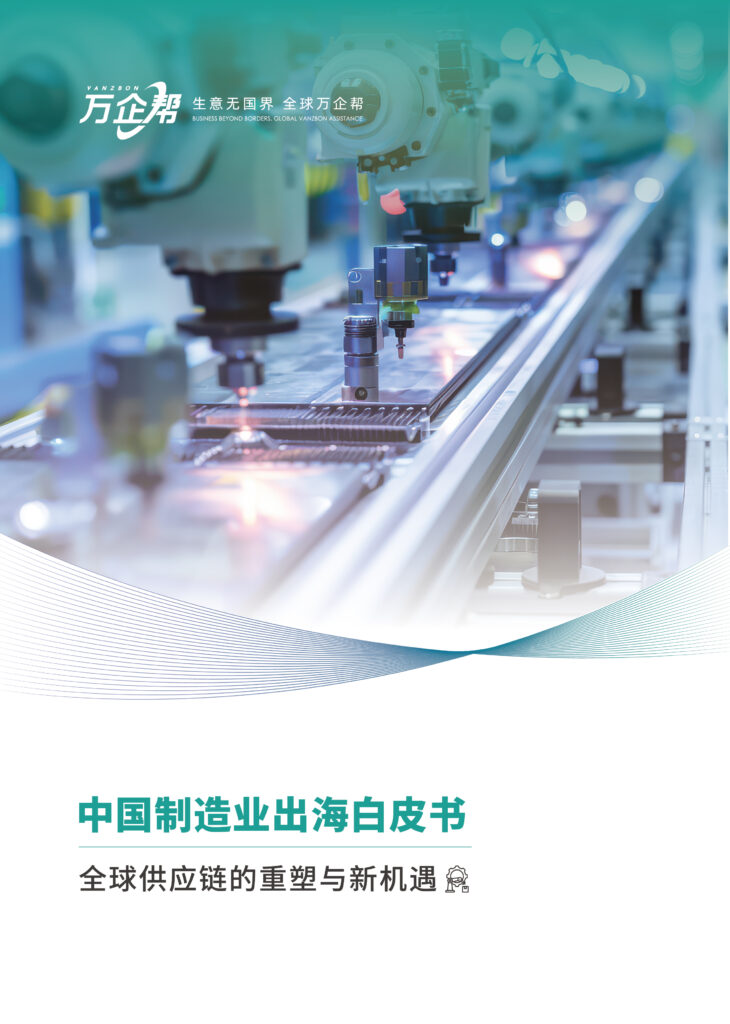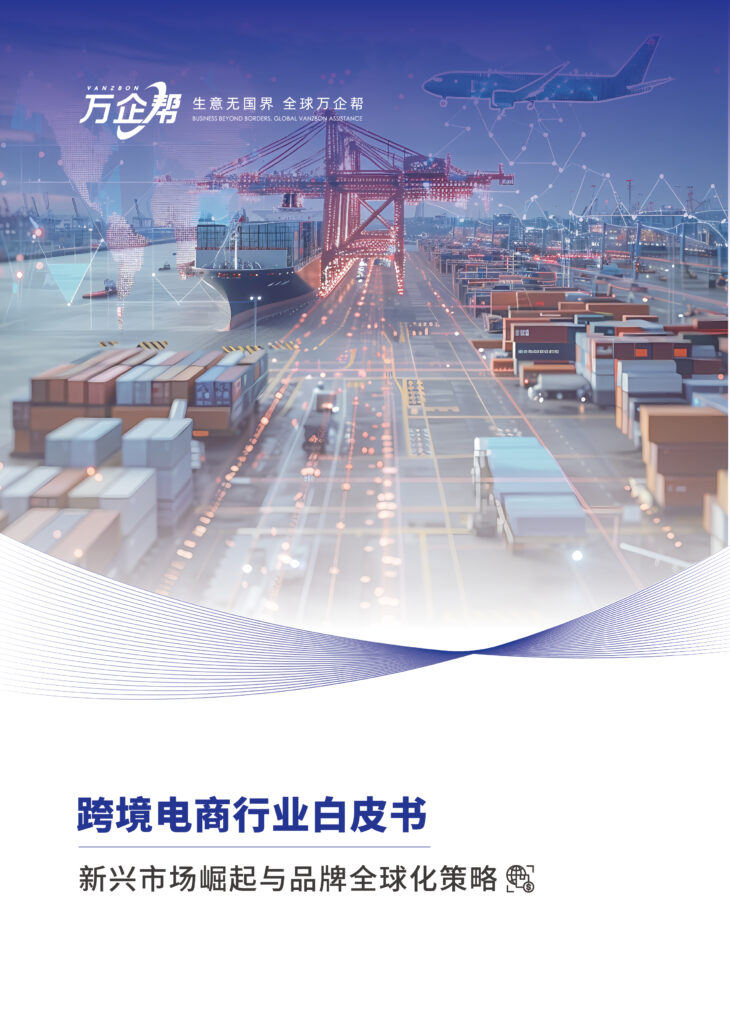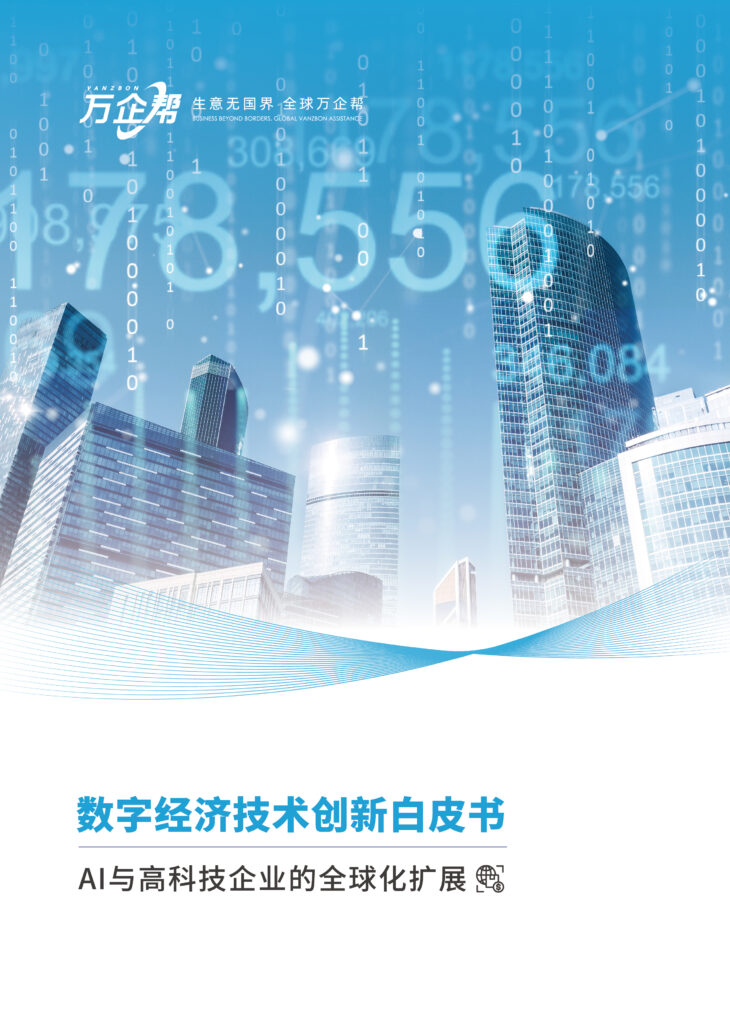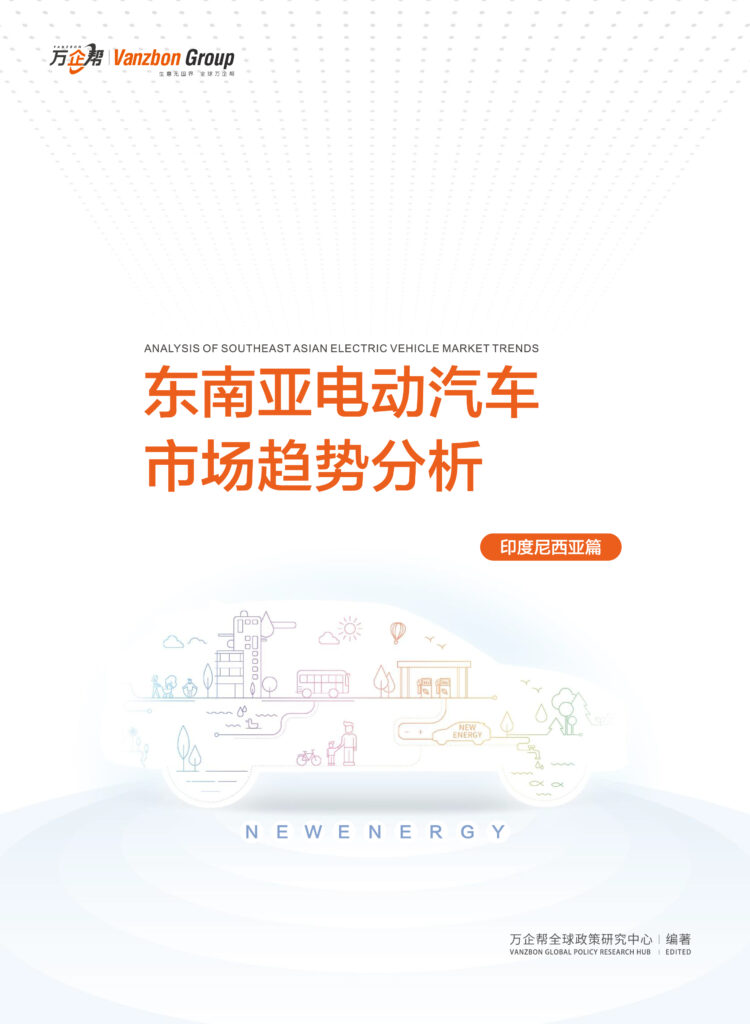According to informed sources on Friday, the Japanese government is about to launch a new initiative to support private enterprises in accelerating the development of geothermal power plants. Japan, with the third-largest geothermal resource reserves globally, is determined to fully leverage this natural advantage to promote the development and application of clean energy.
According to the report, the government plans to establish a specialized public-private partnership committee to deeply explore the application of new-generation geothermal technology solutions and focus on addressing key issues such as the prolonged development cycle of power plants. This committee aims to ensure the large-scale commercial operation of geothermal power plants by 2030, contributing to the country’s energy transition.
Regarding specific support measures, the government plans to significantly increase subsidies for geological exploration, given the high financial risk involved in such work. The cost of general geothermal exploration is around 1 billion yen (approximately USD 6.5 million), and the success rate of such projects is generally low. To reduce corporate investment risks, the government-backed Japan Metals and Energy Security Organization will cover all exploration costs until the release of steam during drilling is confirmed. This measure is expected to greatly enhance corporate participation in geothermal development.
These supportive policies and specific measures will be incorporated into the government’s draft Basic Energy Plan by the end of the year. Prime Minister Shigeru Ishiba has shown great enthusiasm for advancing geothermal power plant development, especially emphasizing the importance of geothermal resource development in boosting the local economy. Since Japan’s geothermal resources are primarily distributed in rural areas, developing the geothermal industry will bring new economic growth points to these regions.
However, the development of geothermal power plants still faces some practical challenges, the most prominent of which is the coordination with hot spring operators. Traditional geothermal power generation technology requires drilling to extract steam heated by magma from deep underground, which can lead to concerns among hot spring operators. They are generally worried that geothermal development may affect hot spring water sources.
To resolve this conflict, new-generation “closed-loop” technology provides a possible solution. This technology enables power generation by collecting hot water from deeper layers and, by using a closed-loop system, effectively avoids any interaction with hot spring water sources. This technological innovation is expected to eliminate the conflict of interest between geothermal development and the hot spring industry.
Currently, Japan’s total geothermal power generation capacity is approximately 600,000 kW. The government has set a target to increase this capacity to 1.5 million kW by the 2030 fiscal year, which will significantly raise the share of geothermal energy in Japan’s energy structure. To ensure this goal is met, the government will provide comprehensive support on multiple fronts, including technological innovation, financial support, and policy coordination.
Key Points:
- Japan plans to vigorously develop geothermal power and leverage its third-largest geothermal resource advantage.
- The government will establish a public-private partnership committee to promote the commercialization of geothermal power generation.
- Geological exploration subsidies will be provided, and upfront risks will be covered to ease corporate investment pressure.
- New-generation “closed-loop” technology is expected to fundamentally resolve conflicts with hot spring resource usage.
- The government has set a specific target of achieving 1.5 million kW of geothermal power generation capacity by the 2030 fiscal year.
- Geothermal power development will bring new economic growth points to rural areas.
- Related support measures will be included in the government’s Basic Energy Plan draft by year-end.
- The government will provide support from technological, financial, and policy perspectives.








